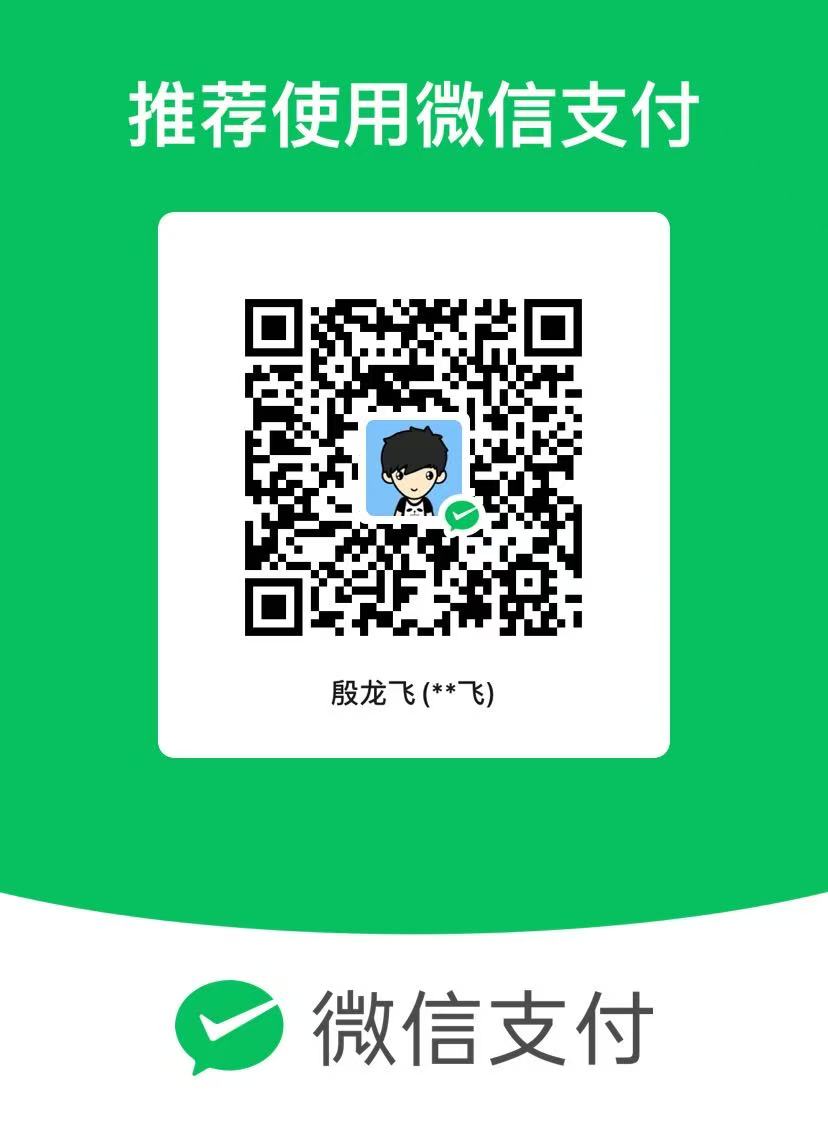A2A 的扩展性:支持多模态交互
摘要:A2A(Agent2Agent)协议通过支持多模态交互(文本、表单、音视频),为企业 AI 系统提供了灵活的协作能力。动态 UX 协商机制允许代理在运行时切换交互模式,适应复杂场景。本文深入剖析 A2A 的多模态交互设计,聚焦 AgentCard 的
interactionModes、动态协商流程和音视频流的支持。结合 GitHub 仓库的 demo 应用、Mermaid 图表和代码示例,我们将揭示 A2A 如何通过硬核的扩展性设计驱动动态协作,为开发者提供深入的技术洞察。
1. 引言:多模态交互的必要性
在企业 AI 系统中,代理(Agent)需要与用户或其他代理以多样化的方式交互。例如,一个客服代理可能从文本聊天开始,切换到表单输入发票信息,甚至升级到音视频通话以解决复杂问题。传统的单一模式通信(如 REST API 的 JSON)无法满足这些动态需求。Google 的 A2A(Agent2Agent) 协议通过支持多模态交互(文本、表单、音视频),提供了高度扩展的协作框架。
A2A 的多模态交互基于 AgentCard 的 capabilities.interactionModes 和动态 UX 协商,允许代理在运行时协商最合适的交互方式。本文将深入解析这一机制,结合 Google A2A GitHub 仓库 的 demo 应用,揭示其硬核内核。
2. 多模态交互概览
A2A 的多模态交互允许代理支持以下模式:
- 文本:基于 JSON 或纯文本的交互,适合简单任务(如查询状态)。
- 表单:结构化输入(如 HTML 表单或 JSON Schema),用于收集复杂数据。
- 音视频:实时流媒体,用于客服、教育或远程协作场景。
这些模式通过 AgentCard 的 interactionModes 字段声明,例如:
| |
2.1 动态 UX 协商
动态 UX 协商是指代理在任务执行过程中,根据任务需求或用户上下文,协商切换交互模式。例如:
- 用户提交文本请求,代理发现需要发票图片,提议切换到表单模式。
- 客服代理在复杂问题下升级为视频通话。
协商流程依赖 AgentCard 和任务状态更新,结合 HTTP 或 WebSocket 通信。
2.2 多模态交互流程图
以下是多模态交互的流程图(基于你的规划):
flowchart TD
A[Client Request] --> B{Interaction Type}
B --> C[Text]
B --> D[Form]
B --> E[Audio/Video]
C --> F[Process Text]
D --> G[Render Form]
E --> H[Stream Media]
F --> I[Response]
G --> I
H --> I
3. 核心机制:多模态交互的设计
3.1 AgentCard 的 interactionModes
AgentCard 的 capabilities.interactionModes 字段定义了代理支持的交互模式,格式为字符串数组(如 ["text", "form", "video"])。每个模式对应特定的处理逻辑:
- Text:处理 JSON 或纯文本输入,输出简单的响应。
- Form:基于 JSON Schema 或 HTML 模板,渲染交互式表单。
- Audio/Video:通过 WebRTC 或其他流媒体协议,处理实时音视频。
示例 AgentCard:
| |
3.2 动态协商流程
多模态交互的动态协商分为以下步骤:
- 发现:Host Agent 获取 Remote Agent 的 AgentCard,检查
interactionModes。 - 提议:Host Agent 提议初始模式(如
text),通过 HTTP 或 WebSocket 发送。 - 调整:Remote Agent 根据任务需求建议替代模式(如
form或video)。 - 确认:双方达成一致,进入任务执行。
协商的时序图:
sequenceDiagram
participant H as Host Agent
participant R as Remote Agent
H->>R: GET /agentcard
R-->>H: AgentCard (interactionModes: ["text", "form", "video"])
H->>R: Propose text mode
R-->>H: Suggest form (needs invoice)
H->>R: Agree to form
H->>R: Submit form data
R-->>H: Suggest video (complex issue)
H->>R: Agree to video
R-->>H: WebRTC stream setup
H-->>R: Stream video
R-->>H: Task result
3.3 通信支持
多模态交互依赖 A2A 的通信机制:
- HTTP:用于初始协商、文本和表单交互(POST
/task或 GET/form)。 - WebSocket:用于实时音视频流和动态模式切换(
interaction_request事件)。
WebSocket 消息示例(模式切换):
| |
4. 实现细节:多模态交互的技术支持
4.1 文本交互
文本交互是 A2A 的基础模式,使用 JSON 格式交换任务数据。Remote Agent 验证输入是否符合 schema.input,返回文本响应。
示例任务:
| |
4.2 表单交互
表单交互通过 JSON Schema 或 HTML 模板实现。Remote Agent 返回表单定义,Host Agent 渲染 UI(如 Web 表单)收集用户输入。
表单请求示例:
| |
4.3 音视频交互
音视频交互使用 WebRTC 或类似协议,通过 WebSocket 建立流媒体连接。AgentCard 的 streaming: true 表明支持实时流。
WebRTC 设置流程(简化):
- Host Agent 发送 SDP(Session Description Protocol)提议。
- Remote Agent 响应 SDP 答案,建立 P2P 连接。
- 双方通过 WebSocket 交换 ICE 候选地址,优化连接。
4.4 动态 UX 的扩展性
A2A 的动态 UX 协商支持运行时扩展,例如:
- 模式组合:任务从文本开始,依次切换到表单和视频。
- 上下文感知:根据用户设备(手机 vs PC)选择合适的模式。
- 第三方集成:通过插件支持新模式(如 AR/VR)。
5. 代码示例:多模态交互实现
以下是一个基于 samples/python/agents/google_adk 的客服代理 demo,展示文本、表单和视频交互的动态切换(参考 GitHub 仓库)。
| |
代码解析
- AgentCard 配置:声明支持
text、form和video模式,启用streaming。 - 动态协商:服务器根据任务需求(
upload invoice或video support)请求切换模式。 - 交互处理:客户端处理
interaction_request,模拟表单提交和 WebRTC 设置。 - WebSocket 支持:通过 WebSocket 推送交互请求和状态更新。
This demo aligns with the google_adk samples, extended to include form and video modes.
6. 硬核设计:多模态交互的权衡
6.1 优势
- 灵活性:支持文本、表单、音视频,适配多样化场景。
- 动态性:运行时协商模式,增强用户体验。
- 扩展性:
interactionModes允许添加新模式(如 AR/VR)。
6.2 挑战
- 复杂性:多模态支持增加开发和测试成本。
- 性能开销:音视频流消耗带宽和计算资源。
- 兼容性:不同客户端对 WebRTC 或表单渲染的支持不一。
6.3 优化策略
- 模式优先级:根据网络条件优先选择轻量模式(如文本优于视频)。
- 缓存协商:缓存常用交互模式,减少协商开销。
- WebRTC 优化:使用 TURN 服务器缓解 NAT 穿越问题。
7. 应用场景与展望
A2A 的多模态交互适用于以下场景:
- 客服系统:从文本聊天到视频通话的无缝切换。
- 企业自动化:表单收集财务数据,视频验证复杂问题。
- 教育平台:结合文本、表单和视频,支持互动学习。
Future enhancements may include:
- AI-driven UX:使用 AI 预测最佳交互模式。
- AR/VR 支持:扩展
interactionModes到沉浸式交互。 - Standardized forms:采用 OpenAPI 或 JSON Forms 规范表单。
8. 结语:多模态交互的未来
A2A 的多模态交互通过 interactionModes 和动态 UX 协商,为代理间协作提供了强大的扩展性。从文本到音视频的无缝切换不仅提升了用户体验,还为企业 AI 系统开辟了新场景。未来,A2A 将在性能优化和模式扩展上进一步突破,驱动协作的下一波浪潮。

